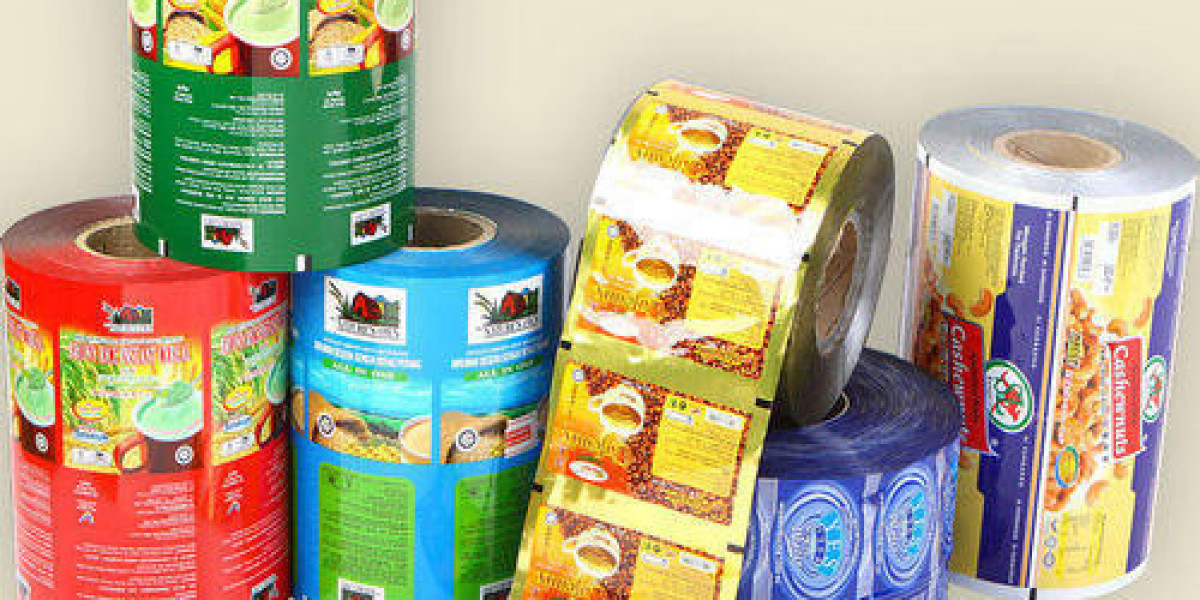The printed plastic films market has witnessed substantial growth over the past few years, driven by the increasing demand for packaging materials across various industries, including food and beverages, pharmaceuticals, and consumer goods. Printed plastic films offer both functional and aesthetic benefits, such as flexibility, durability, and customizable branding. However, like any product, the pricing of printed plastic films is influenced by various cost structures that contribute to its final market price. In this article, well explore the cost structures of printed plastic films and the factors influencing their prices.
1. Raw Materials Cost
The primary cost structure in the production of printed plastic films is the raw materials used. These materials typically include polyethylene (PE), polypropylene (PP), and polyester (PET), among others. The price fluctuations of these base polymers have a direct impact on the overall cost of production. Petroleum, the source of these polymers, is subject to market volatility, and its prices can fluctuate based on geopolitical events, natural disasters, and supply chain disruptions.
Another important factor to consider is the quality of the raw materials. Premium quality films, which are more durable, have better clarity, and provide superior printability, will naturally be more expensive than lower-quality films. Additionally, additives such as UV stabilizers, plasticizers, and colorants further increase the cost.
2. Printing and Coating Processes
The printing process itself can significantly impact the cost structure. There are several printing technologies used in the production of printed plastic films, including flexographic, gravure, and digital printing. Flexographic printing is the most common and cost-effective method for high-volume production, while gravure printing offers high-quality prints but at a higher cost. Digital printing is gaining traction due to its ability to offer shorter runs and more complex designs, but it is often more expensive.
Coating the printed film to add features like enhanced durability, moisture resistance, or gloss can also increase the cost. For example, films used for food packaging often undergo a coating process to ensure food safety and extend shelf life.
3. Manufacturing and Labor Costs
The cost of labor and manufacturing infrastructure is another key contributor to the overall cost structure. Labor costs vary from region to region, depending on the location of the production facility and the level of automation used in the manufacturing process. Automated systems, although more expensive to set up initially, can reduce labor costs and increase efficiency in the long run, leading to lower per-unit costs.
Manufacturing facilities also require investments in equipment maintenance, energy consumption, and facility upkeep, all of which influence the cost of production. Furthermore, the level of specialization and expertise in a given facility can affect the cost. For instance, producing films with unique properties or complex printing designs may require skilled technicians and specialized equipment, further raising the cost.
4. Packaging and Logistics Costs
The packaging of printed plastic films plays a significant role in determining the overall cost. Packaging materials, such as cartons, stretch films, and bubble wrap, contribute to the cost structure, as well as the logistics costs involved in shipping the final product to customers. The transportation costs will depend on the distance to the market, fuel prices, and shipping methods used. These factors can lead to price fluctuations, especially for manufacturers that serve global markets.
Moreover, in a highly competitive global market, manufacturers are continually seeking ways to reduce packaging and logistics costs to remain competitive while maintaining profitability.
5. Environmental and Regulatory Compliance
Environmental regulations and sustainability concerns are becoming increasingly important in the printed plastic films market. Governments and organizations are focusing on reducing plastic waste, which has led to stricter regulations surrounding the production and disposal of plastic products. Manufacturers must invest in sustainable practices, such as using recyclable or biodegradable materials and ensuring that their production processes adhere to environmental standards.
These regulatory compliance costs can significantly increase the price of printed plastic films, especially for manufacturers that are working to implement green production practices. Additionally, certification processes for eco-friendly products, such as those with biodegradable or recyclable labels, can further increase costs.
Conclusion
The cost structures in the printed plastic films market are influenced by a range of factors, including raw material prices, production processes, labor costs, logistics, and environmental regulations. To remain competitive in the market, manufacturers need to balance these costs while ensuring that they produce high-quality films that meet the needs of customers across various industries. As sustainability becomes an increasing focus, the market will likely continue to evolve, and cost structures will adapt to meet new challenges.







